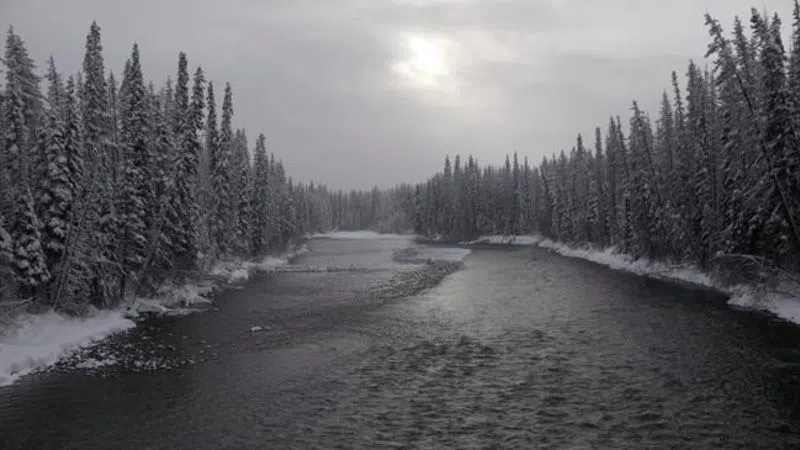
Toxic algae, climate change, bad policy: Scientists say fresh water under threat
HAMILTON — Canada will be up a creek without a paddle if it doesn’t acknowledge threats to its fresh water, says a report from some of the country’s top water scientists.
“We’ve enjoyed the luxury of the myth of limitless abundance of fresh water in Canada,” said Bob Sandford, a co-author of a report by the Global Water Futures project, which involves 22 universities.
“Canada is not a water-secure country.”
Climate change is rapidly outpacing water use policies that haven’t changed in decades and the patchwork of rival jurisdictions that create them aren’t moving quickly enough to adapt, said co-author Corinne Schuster-Wallace.
